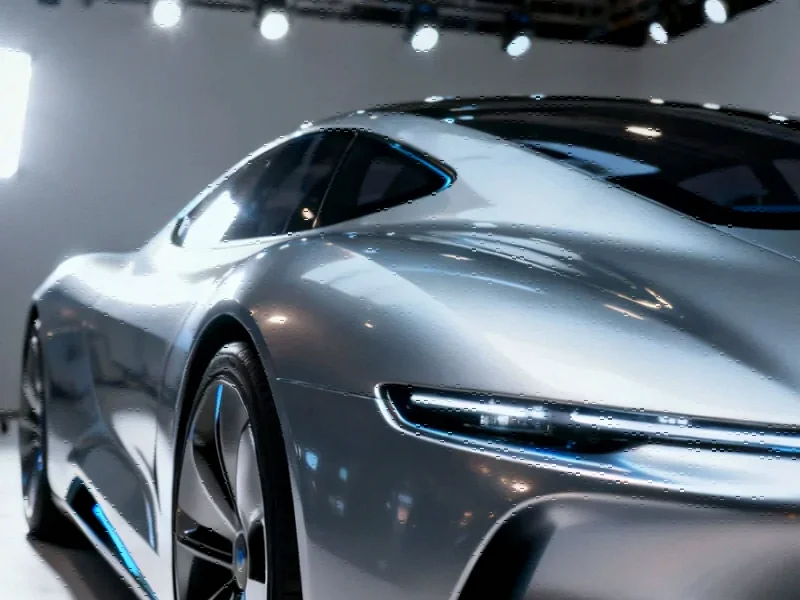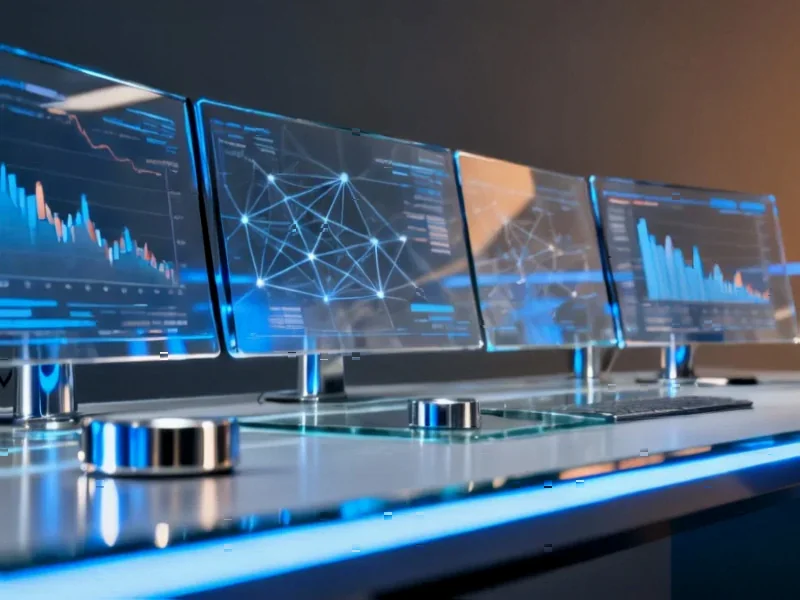According to Gizmodo, Saudi Arabia’s $50 billion Neom project is floundering and close to collapse, with high-level sources describing dysfunction at the heart of the ambitious development. The centerpiece, The Line—a proposed 105-mile-long city meant to house 9 million people by 2030—features architecturally impossible elements like a 30-story upside-down building suspended from a bridge. Construction has slowed dramatically across most sites except the Trojena desert ski resort, and foreign investors have largely avoided the project despite Saudi efforts. Senior executives now believe The Line will never be built, with one former employee saying it’s just a matter of “letting MBS down gently.”
When Ambition Meets Physics
Here’s the thing about building impossible structures: physics doesn’t care about your vision. The “chandelier” concept—that upside-down skyscraper hanging from a bridge—sounds like something from a sci-fi movie, and apparently the architects thought so too. One actually had to explain to the executive director that tall buildings sway, the earth spins, and hanging a massive structure could create a pendulum effect that ends with it crashing into the marina below. I mean, come on. This isn’t just ambitious—it’s fundamentally ignoring basic engineering principles. When you’re building in the real world, you can’t just sketch something cool and expect gravity to take a day off.
The Money Problem
So they’ve spent at least $50 billion already, and what do they have to show for it? Pock-marked desert with trenches and piling. The real killer though is that foreign investors—the ones Saudi Arabia desperately needs—aren’t biting. Wealthy Saudi families put in “modest sums,” but the big international money stayed away. And who can blame them? Would you invest billions in a project where the architects are warning about buildings turning into pendulums? The whole thing was supposed to cost around $500 billion initially, but recent estimates suggest it could balloon to $8.8 trillion. That’s not just expensive—that’s economically insane.
The Human Toll Behind the Dream
While executives debate pendulum physics and funding gaps, there’s a much darker story here. According to Human Rights Watch, thousands of precarious workers have died building this desert fantasy. There’s something deeply unsettling about a “futuristic” project being constructed with what amounts to forced labor while the country continues its theocratic monarchy practices. This was supposed to be Saudi Arabia’s PR redemption arc—showing they could modernize and become a tech hub. Instead, it’s highlighting the exact opposite: their inability to move beyond outdated governance and human rights issues. When you’re still beheading people and until recently wouldn’t let women drive, maybe start with those reforms before building upside-down skyscrapers.
Saudi Arabia’s Backup Plan
Interestingly, Saudi Arabia seems to have recognized that their urban development dreams might be too ambitious. They’re pivoting hard to become an AI infrastructure provider, investing heavily in data centers and positioning themselves as essential to the computing boom. According to reporting, this strategy is actually working much better than their city-building efforts. It’s a smarter play—providing the boring but essential hardware that AI companies need rather than trying to create architectural marvels that defy physics. Basically, they’re going from trying to build the future to just renting out server space for it. And honestly? That’s probably where the real money is anyway.




